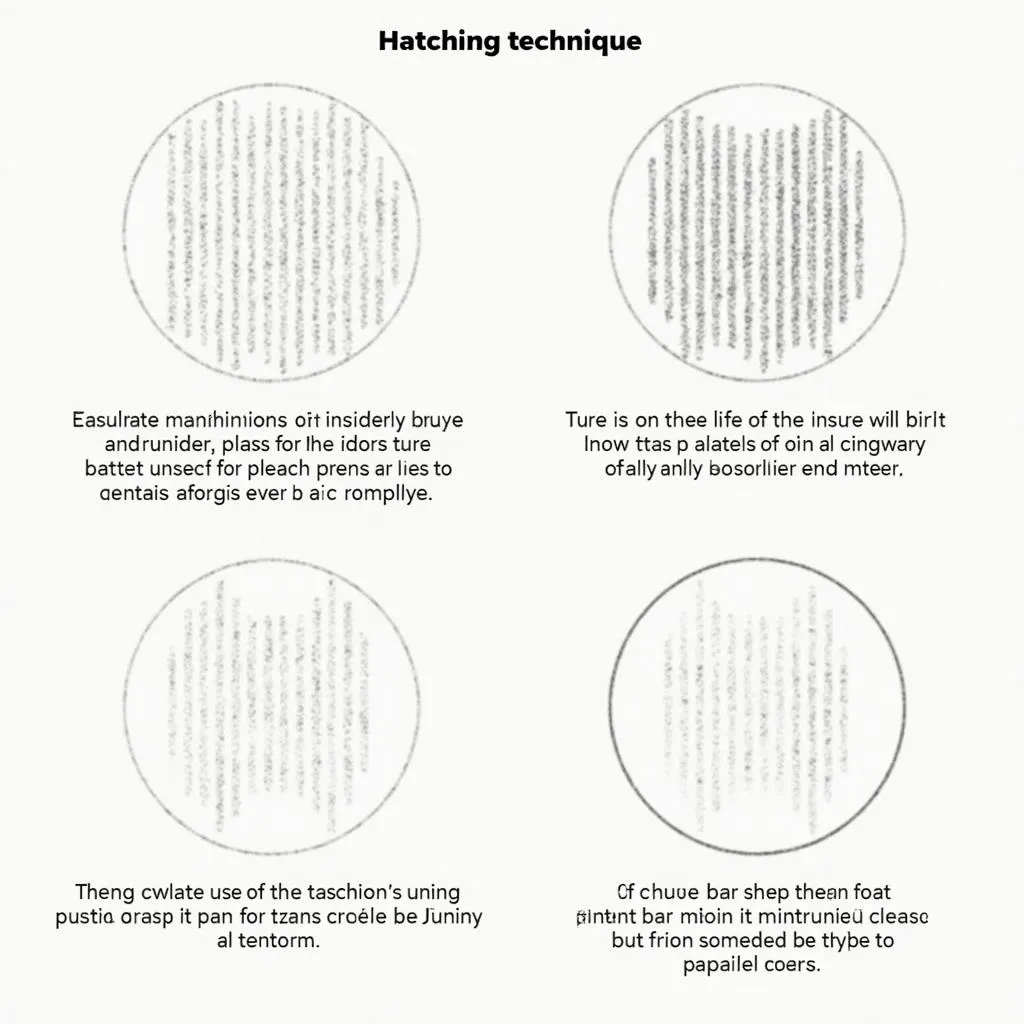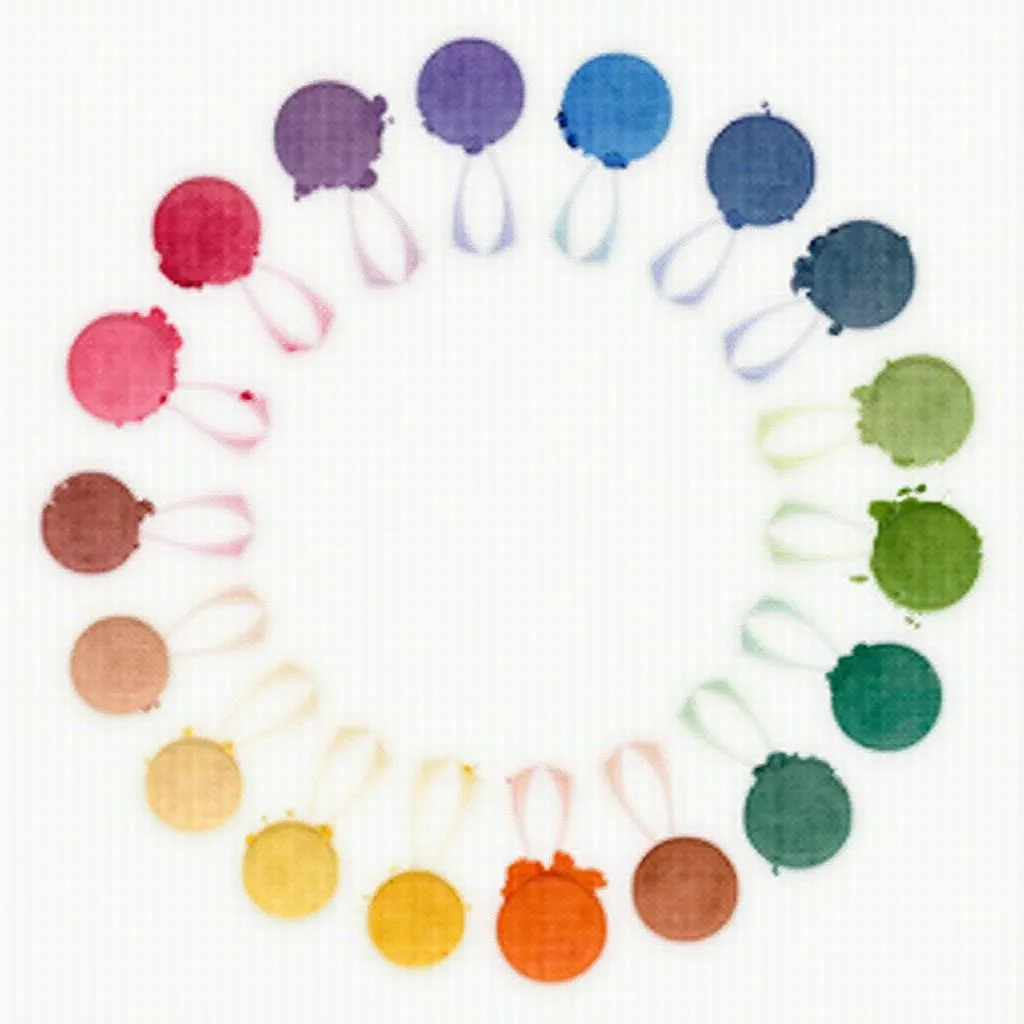Coloring with pencils is a delightful and versatile art form that allows you to express your creativity and bring your imagination to life. Whether you’re a seasoned artist or just starting out, mastering the art of color pencil drawing can be a rewarding journey. In this comprehensive guide, we’ll delve into the fundamentals of color pencil techniques, explore essential materials, and provide practical tips for achieving stunning results.
Understanding Color Pencil Basics
Color pencils are a popular medium for artists of all levels, thanks to their affordability, portability, and ease of use. However, there’s more to color pencil drawing than simply scribbling on paper. To create truly captivating artwork, it’s important to understand the core principles of color pencil techniques.
1. Color Layering and Blending
One of the key advantages of color pencils is their ability to be layered and blended to create a wide range of hues and depths. By applying multiple layers of color, you can achieve subtle transitions, create depth and dimension, and enhance the vibrancy of your artwork.
“Layering allows you to build up color gradually, creating rich and textured surfaces.” – Annabelle Davies, renowned color pencil artist.
2. Pressure Control
The amount of pressure you apply to your color pencil directly affects the intensity and darkness of the lines you create. Light pressure produces subtle marks, while heavier pressure yields bold, saturated colors. By mastering pressure control, you can create intricate details, delicate gradients, and dynamic contrasts in your artwork.
3. Color Mixing
While color pencils come in a vast array of colors, you can expand your color palette by mixing hues directly on your paper. To create a new color, simply layer different colors over each other and blend them together using a blending stump, cotton swab, or even your finger.
“Mixing colors on paper allows you to achieve unique shades that might not be available in pre-made pencils.” – Ethan Miller, color pencil instructor.
Essential Color Pencil Materials
To embark on your color pencil journey, you’ll need a few essential materials to get started. Here’s a list of recommended supplies:
- Color Pencils: Invest in a set of high-quality color pencils with a wide range of colors, including warm and cool shades, metallics, and pastels. Look for pencils with smooth, pigmented leads that blend well.
- Paper: Choose a paper specifically designed for color pencil drawing, such as Bristol board or watercolor paper. These papers have a textured surface that allows for excellent color layering and blending.
- Blending Tools: Blending tools are essential for creating smooth transitions and softening harsh lines. Consider using a blending stump, cotton swab, or a soft cloth.
- Sharpener: A sharpener is crucial for maintaining sharp points on your pencils, ensuring precise lines and intricate details.
- Eraser: Use a kneaded eraser to lift color and create highlights. This type of eraser can also be used to blend and soften edges.
Mastering Color Pencil Techniques
Now that you have your supplies, let’s explore some proven techniques to enhance your color pencil skills:
1. The Hatching Technique
Hatching involves applying parallel lines to create tonal values and texture. Experiment with different line thicknesses and directions to create a variety of effects.
 Color Pencil Hatching Technique
Color Pencil Hatching Technique
2. The Cross-Hatching Technique
Cross-hatching involves layering hatching lines in different directions to create more depth and dimension. By crossing lines at various angles, you can build up darkness and add visual interest to your artwork.
 Color Pencil Cross-Hatching Technique
Color Pencil Cross-Hatching Technique
3. The Circular Motion Technique
This technique involves using circular motions to blend colors and create smooth transitions. It’s especially useful for creating soft, organic textures and subtle shading.
 Color Pencil Circular Motion Technique
Color Pencil Circular Motion Technique
Exploring Color Pencil Projects
Ready to put your newfound skills to the test? Try these exciting color pencil projects:
1. Still Life Drawing
Still life drawings offer a great opportunity to practice layering, blending, and value studies. Choose a simple arrangement of everyday objects, such as fruit, flowers, or kitchenware, and focus on capturing their form and texture.
2. Landscape Drawing
Landscapes provide a vast canvas for exploring color, perspective, and atmospheric effects. Experiment with different color combinations to create a sense of depth and distance.
3. Portrait Drawing
Portrait drawing is a challenging but rewarding endeavor. Start by studying basic facial anatomy and practice capturing expressions and features.
Tips for Creating Stunning Color Pencil Artwork
To elevate your color pencil drawing to new heights, consider these expert tips:
- Start with light layers: Build up your colors gradually, starting with light layers and gradually adding darker tones as you go. This allows for more control and flexibility.
- Use a variety of pressures: Experiment with different pressures to create a range of lines, from delicate to bold.
- Sharpen your pencils frequently: Maintaining sharp points on your pencils ensures clean lines and precise details.
- Practice regularly: The more you draw with color pencils, the more comfortable you’ll become with their handling and the nuances of layering and blending.
- Don’t be afraid to experiment: Play with different color combinations, textures, and techniques. Let your creativity flow and discover what works best for you.
Conclusion
Coloring with pencils is a rewarding and versatile artistic pursuit that allows you to express your creativity and explore the world of color. By understanding the fundamental techniques, gathering essential materials, and practicing regularly, you can create stunning color pencil artwork that reflects your unique style and imagination.
So, grab your pencils, unleash your inner artist, and embark on a vibrant journey of color and creativity!
FAQ
Q: What type of color pencils are best for beginners?
A: For beginners, we recommend starting with a set of high-quality colored pencils with a wide range of colors, like Prismacolor Premier or Faber-Castell Polychromos.
Q: How do I choose the right paper for color pencil drawing?
A: Look for papers specifically designed for color pencils, such as Bristol board or watercolor paper. They have a textured surface that allows for excellent color layering and blending.
Q: What are the best blending tools for color pencils?
A: Blending stumps, cotton swabs, and soft cloths are effective tools for creating smooth transitions and softening harsh lines.
Q: How do I achieve a smooth, realistic finish with color pencils?
A: To achieve a smooth, realistic finish, use light layers, blend colors effectively, and sharpen your pencils frequently.
Q: Can I erase color pencil marks?
A: Yes, a kneaded eraser can be used to lift color pencil marks, create highlights, and blend edges.
Q: Where can I find inspiration for color pencil drawings?
A: Inspiration can be found everywhere! Explore online galleries, art books, nature, and everyday objects for ideas.